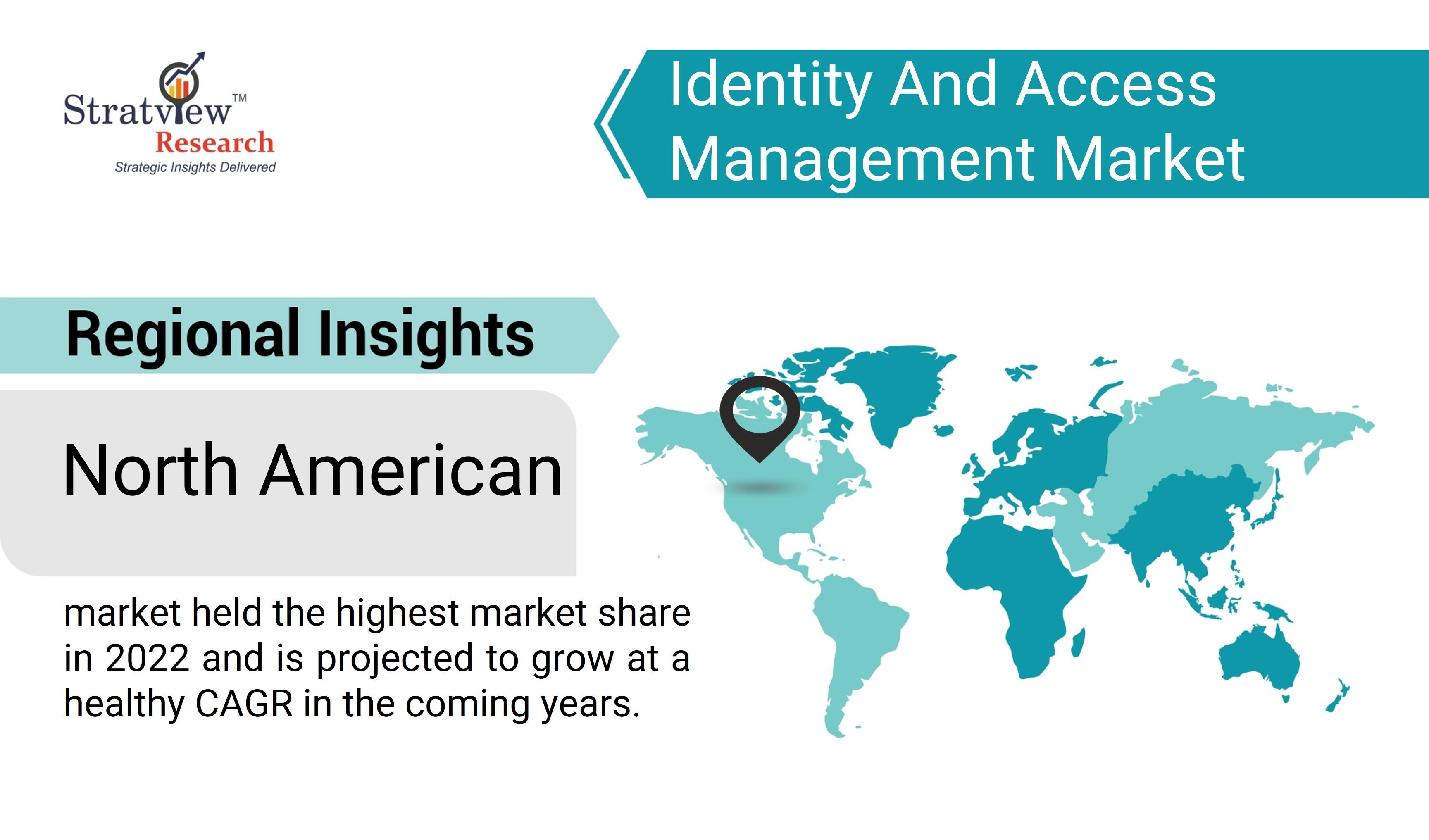According to Stratview Research, the identity and access management market was estimated at USD 13.7 billion in 2022 and is likely to grow at a CAGR of 15.2% during 2023-2028 to reach USD 32.1 billion in 2028.
In the expansive digital landscape where data is the currency and connectivity is the lifeline, the role of guardians has never been more critical. The Identity and Access Management (IAM) market stands as the stalwart defender, ensuring that only authorized individuals gain entry to the digital realm while safeguarding sensitive information. This article embarks on a journey to navigate the IAM market, exploring its pivotal role, emerging trends, and the innovative solutions shaping the future of digital security.
IAM: A Digital Guardian's Primer: At its core, Identity and Access Management is the guardian of the digital realm. It's the system that controls and manages user identities, ensuring that access to digital resources is granted only to those with the proper permissions. IAM acts as a virtual gatekeeper, standing sentinel to protect against unauthorized access and potential security breaches.
The Foundation of Digital Security: In the ever-expanding world of cyber threats, IAM forms the bedrock of digital security strategies. It's not just about managing usernames and passwords; IAM solutions encompass a comprehensive approach to identity verification, authentication, and authorization. This foundation is vital for protecting sensitive information and maintaining the integrity of digital ecosystems.
Navigating the IAM Landscape: Key Components: To understand the IAM market, one must navigate its diverse landscape. Key components include Single Sign-On (SSO), Multi-Factor Authentication (MFA), Identity Governance and Administration (IGA), and Privileged Access Management (PAM). Each component plays a unique role in fortifying the digital fortress against a variety of cyber threats.
The Rise of Adaptive Authentication: IAM solutions are evolving to combat sophisticated cyber threats, giving rise to adaptive authentication. This approach analyzes user behavior and context to determine the level of authentication required. Adaptive authentication adapts to the risk profile, providing a dynamic and responsive security layer.
Biometrics and Beyond: Enhancing Authentication Methods: Traditional authentication methods are being augmented and, in some cases, replaced by biometrics. From fingerprints and facial recognition to behavioral biometrics, IAM is embracing innovative ways to verify user identities, adding an extra layer of security that goes beyond traditional credentials.
IAM in the Cloud Era: As organizations transition to cloud-based infrastructures, IAM solutions are following suit. Cloud Identity and Access Management facilitates secure access to cloud resources, ensuring that users, whether in-house or remote, can seamlessly and securely connect to the digital environment.
Balancing User Experience and Security: IAM is not just about fortifying security; it's also about ensuring a seamless user experience. Striking the right balance between security measures and user-friendly access is a crucial trend in the IAM market. Solutions that offer both robust security and a frictionless user journey are gaining prominence.
Continuous Monitoring and Threat Intelligence Integration: The IAM market is witnessing a shift towards continuous monitoring and integration with threat intelligence. Real-time monitoring enables rapid detection of suspicious activities, while threat intelligence integration ensures that IAM systems are well-informed about emerging cyber threats, allowing proactive defense measures.
IAM as a Business Enabler: Beyond security, IAM is increasingly recognized as a business enabler. By providing secure and efficient access to digital resources, IAM solutions contribute to operational efficiency, compliance adherence, and overall business resilience. Organizations are leveraging IAM as a strategic asset in their digital transformation journeys.
Conclusion: As the digital landscape expands and cyber threats become more sophisticated, the Guardians of the Digital Realm—Identity and Access Management solutions—are tasked with an ever more critical role. Navigating the IAM market reveals a landscape of innovation, adaptability, and a commitment to securing the digital future. IAM is not merely a technology; it is the custodian of digital trust, ensuring that individuals, data, and systems remain protected in the vast and dynamic digital frontier.
